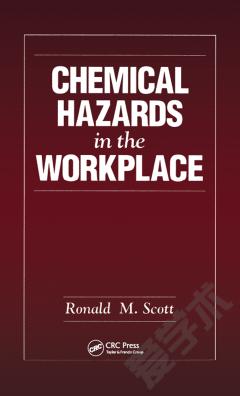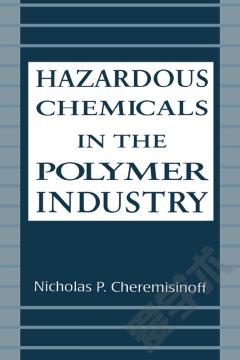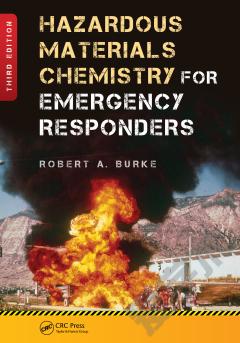Chemical Hazards in the Workplace
BASIC TOXICOLOGY. KINDS OF TOXIC EFFECTS. Local Effect and Systemic Poisons. DNA: The Blueprint of the Organism. Epidemiology. Effects of Chemicals on Fertility. Neurotoxins. Other Toxic Effects. GENERATING SAFETY RECOMMENDATIONS. Tolerance of Toxic Substances. The Target Population. Animal Testing. Designing Toxicological Experiments. OSHA Standards. TOXICANTS AND THE HUMAN BODY. Skin Structure. Eye and Skin Hazards. Entry of Toxicants into the Body. Distribution of Toxicants in the Body. Removal of Toxicants from the Body. Summary. HAZARDS OF SPECIFIC SUBSTANCES-IN SPECIFIC INDUSTRIES. INHALATION TOXICOLOGY. Introduction. Particulate Materials. Warning Properties of Gases and Vapors. Recommended Maximum Exposure. SOLVENTS. Solvent Properties. Uses in Industry. Toxicology of Solvents. Specific Solvents. METALS. Manufacturing Processes Involving Metals. Details About Specific Metals. PLASTICS. The Chemistry of Plastics. Hazards in Plastics Manufacturing. Comments on Specific Compounds. Summary. ELASTOMERS. The Use of Elastomers. Hazards of Specific Elastomers. ADHESIVES. Introduction. Hazards of Adhesive Use. Surface Preparation. PROVIDING A SAFE WORKPLACE - PROTECTIVE MEASURES AND REGULATIONS. GOVERNMENT REGULATION. The Occupational Safety and Health Administration. The Toxic Substances Control Act. MONITORING PLANT ATMOSPHERE. Analytical Chemistry. Sampling. Analysis of Samples. Deciding About the Safety of the Workplace. PROTECTING THE WORKER. Identifying Hazards. Corrective Action. Monitoring. GLOSSARY. APPENDICES. Principles of Adhesive Bonding. Simple Statistical Calculations. Selections of Detection Tubes. Unit Conversion Factors.
{{comment.content}}








 京公网安备 11010802027623号
京公网安备 11010802027623号